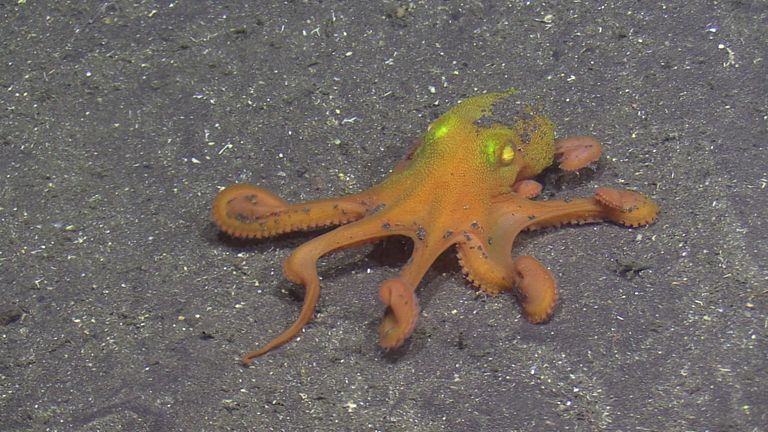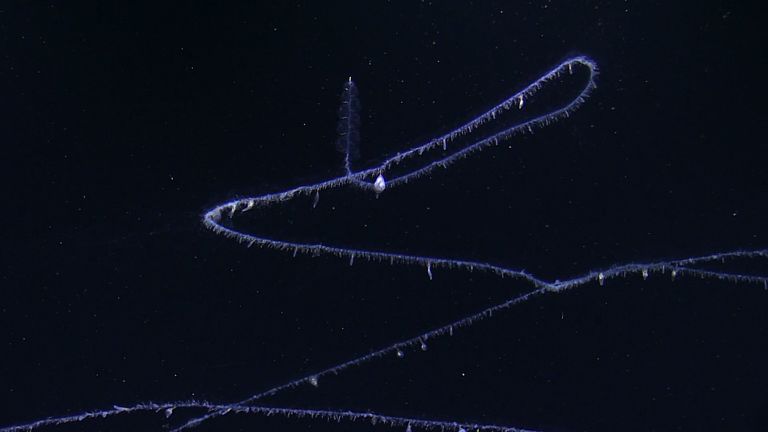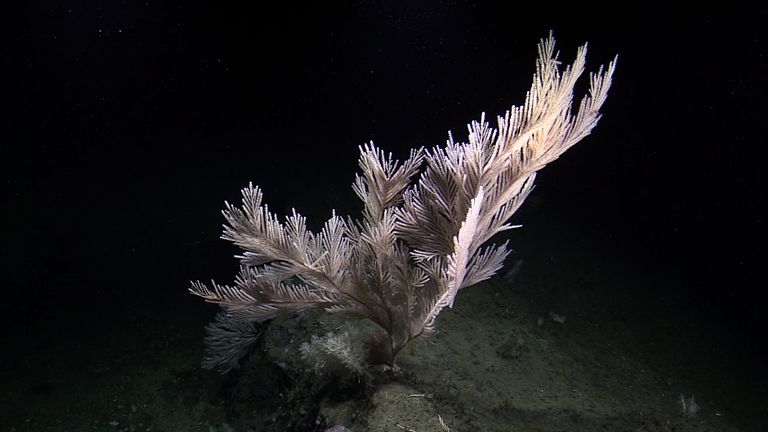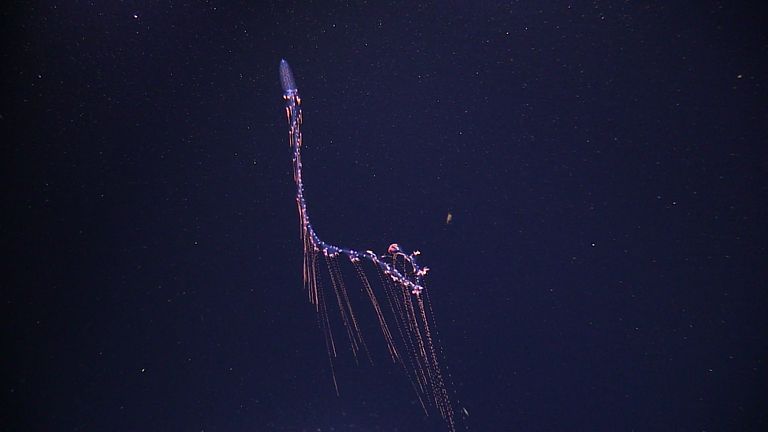Deep-Sea Biology Research Group
Current Projects
Our research group focuses on life histories (growth and reproduction), biodiversity, and foodweb ecology of deep-sea organisms, with emphasis on cephalopods and gelatinous zooplankton.
We apply observational, analytical and experimental tools during research expeditions in the Atlantic, Pacific and Arctic Sea. We use deep-sea in situ observations from submersibles, camera systems and freefall landers to document deep-sea organisms in their natural environment.
We use pelagic video transects to predict what species may regionally contribute to the carcass flux that may fall on the seafloor, to establish regional baselines in diversity and distribution of midwater fauna. Video transects are analyzed using the annotation software VARS and stored in the Oceanic Biodiversity Observation Database (OBOD).
To quantify deposition of natural foodfalls we analyse databases of seafloor images for carcasses, and quantify local carbon contribution.
Furthermore, we use experimental deep-sea landers with bait to mimic deep-sea foodfalls to document the consumption rate and duration of carcasses and the attracted scavenging communities.
We search for traces of pelagic organisms in the deep sea via environmental DNA analysis, a technique that enables the detection of a species via metabarcoding of environmental samples (water, sediment).
Teaching
Henk-Jan Hoving lectures in different courses of the MSc program Biological Oceanography and coordinates the Bioc-102 practical course in biological oceanography.
Team
![[Translate to English:] l](/fileadmin/_processed_/a/3/csm_1b388653-d6d5-4ace-a040-241f6ce526dc_927bee94f6.jpg)
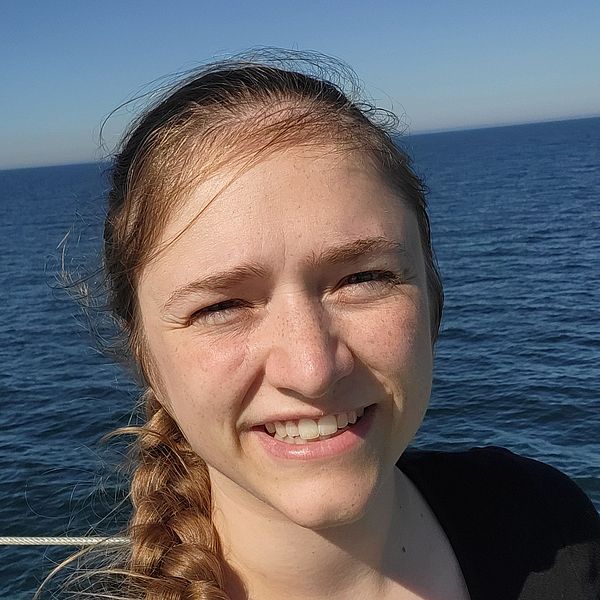
Ina Vornsand - MSc student
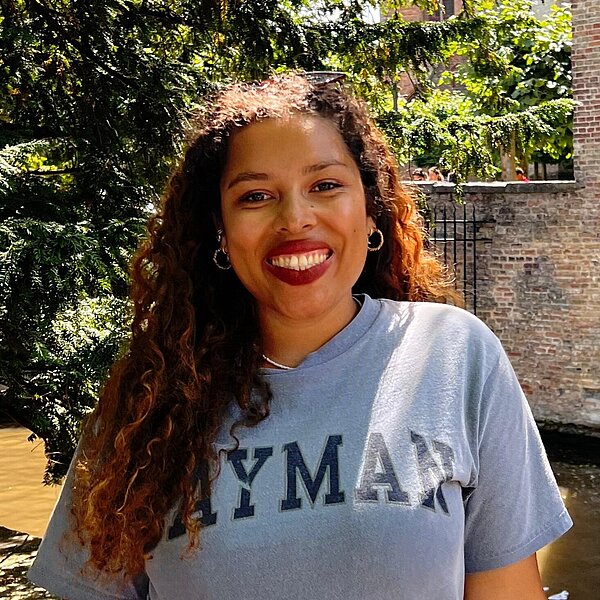
Samantha Schmidt - MSc student
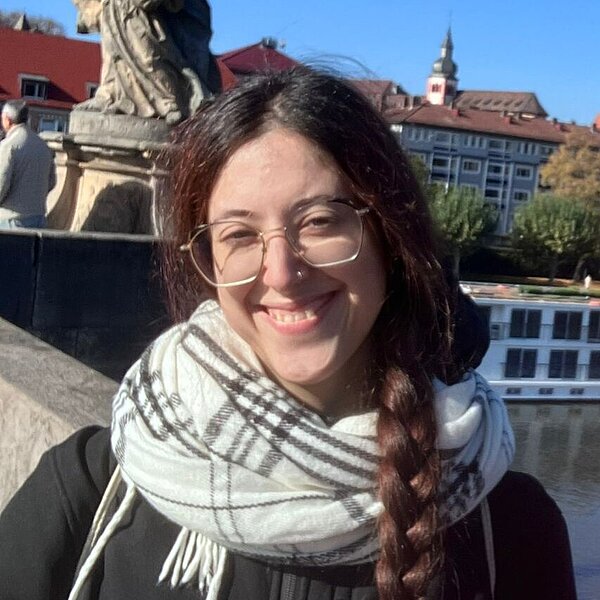
Sofia Modesti - MSc student
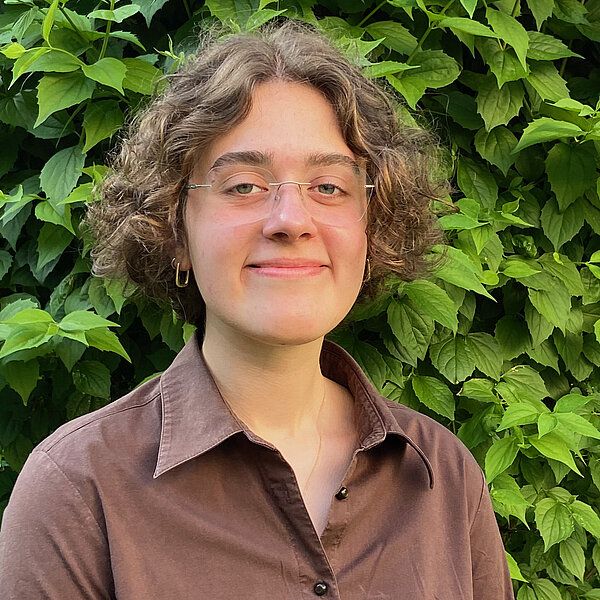
Clara Planitz - Intern
Former Groupmembers
Megan Horsthuis
Dr. Miguel Guerreiro
Sophie Schindler
Kea Witting
Dr. Irina Chemshirova
Dr. Lara Schmittmann
Stella Scheer
Eva Rohlfer
Kim Heimberg
Philipp Neitzel
Dr. Richard Schwarz
Technology development
In collaboration with GEOMAR engineers at GEOMAR’s Technical and Logistics Centre (TLZ) we developed the pelagic in situ observation system, or PELAGIOS, a towed deep-sea camera system that allows pelagic horizontal video transects in the deep water column. This system has successfully documented vertical structure of midwater communities as well as new species and regional records and biogeochemical functions of fauna. Together with GEOMAR engineers we constantly develop new ways to explore and sample organisms in the deep sea.
Expeditions
2024 R/V Maria S. Merian MSM126, 26 days, Madeira. ROV PHOCA, Observational tools, nets, eDNA sampling multibeam mapping. Chief scientists: Dierking and Hoving
2024 R/V Meteor M202, 10 days, Azores, Observational tools, nets, eDNA sampling multibeam mapping. Chief scientists: Merten and Hoving
2023 R/V Heincke HE622 second leg, 8 days, North Sea, multibeam and towed side scan mapping, Chief Scientist Matthias Brenner
2022 R/V Heincke HE605, 28 days, Experiments stressors Themisto abyssorum for iAtlantic, Chief scientist Dr Henk-Jan Hoving & Charlotte Havermans
2022 R/V Pelagia PE507-508, 12 days, Deep-sea prey community and hunting whales, Chief scientist Dr. Fleur Visser & Dr. Susanne Wilken
2022 R/V Meteor M182, 41 days, Cabo Verde - Azores; MOSES/REEBUS Eddy Study III; Chief-Scientist: Prof. Dr. Jens Greinert
2021 R/V Heincke HE570, 17 days, Experiments stressors Periphylla periphylla for iAtlantic, Chief scientist Dr Helena Hauss & Dr Klas Ove Möller
2021 R/V Polarstern PS126, ancillary user project FRAMJELLY (Dr. C. Havermans, Dr. H.J.T. Hoving) investigating the role of gelatinous plankton in the Fram Strait using deep-sea landers, PELAGIOS, Multinet, CTD and eDNA collection. Chief Scientist Dr. K Metfies (AWI)
2020 R/V Pelagia PE479, 4 days, Deep-sea prey sampling with multi sensor mooring. Chief scientist Dr. F Visser
2020 R/V Maria S. Merian MSM95, 27 days, Arctic Seafloor Integrity ASI. Chief Scientist Dr. A Purser (AWI)
2019 R/V Western Flyer, 7 days MBARI Midwater Ecology Expedition Monterey Bay. Chief scientist Dr. BH Robison
2019 R/V Polarstern PS121, 35 days, ancillary user project CARCASS (Dr. H.J.T. Hoving) investigating the role of plankton and nekton in the biological carbon pump using deep-sea landers, PELAGIOS, Multinet, CTD and eDNA collection. Chief Scientist Dr. K Metfies (AWI)
2019 R/V Poseidon POS532, 21 days investigating the role of gelatinous zooplankton in the biological carbon pump in Cape Verde waters, manned submersible JAGO, PELAGIOS, Multinet, CTD and eDNA collection. Chief Scientist Dr. HJT Hoving
Selected Publications
Hoving HJT, F. Visser (2024) Whales and squid in a deep-sea arms race. Limnology and Oceanography Letters 9, 165–171 https://doi.org/10.1002/lol2.10391
Hoving HJT, Haddock S, Robison, BH, Seibel, B (2024) Giant eggs in a deep-sea squid. Ecology 105(7):e4319. https://doi.org/10.1002/ecy.4319
Golikov, A. V., Jørgensen, L. L., Sabirov, R. M., Zakharov, D. V., Hoving, H. J. (2024) Long-term annual trawl data show shifts in cephalopod community in the western Barents Sea during 18 years. Frontiers in Marine Science, Volume 11, Article 1392585. https://doi.org/10.3389/fmars.2024.1392585
Stenvers, V.I., Hauss, H., Bayer, T., Havermans, C., Hentschel, U., Schmittmann, L., Sweetman, A.K., Hoving, H.J.T. Experimental mining plumes and ocean warming trigger stress in a deep pelagic jellyfish. Nature Communications 14, 7352 (2023). https://doi.org/10.1038/s41467-023-43023-6
Golikov, A. V., Gudmundsson, G., Blicher, M. E., Jørgensen, L. L., Korneeva, E. I., Olafsdottir, S. H., Shagimardanova, E. I., Shigapova, L. H., Zakharov, D. V., Zimina, O. L., Sabirov, R. M. (2023) A review of the genus Muusoctopus (Cephalopoda: Octopoda) from Arctic waters. Zoological Letters, Volume 9, Article 21. https://doi.org/10.1186/s40851-023-00220-x
Guerreiro M.F., Borges F.O., Santos C.P., Xavier J.C., Hoving, H.-J. & Rui Rosa R. (2023) Impact of climate change on the distribution and habitat suitability of the world’s main commercial squids. Marine Biology, DOI: 10.1007/s00227-023-04261-w
Golikov A. V., Stauffer, J. B., Schindler, S. V., Taylor, J., Boehringer, L., Purser, A., Sabirov, R. M., Hoving, H.-J. (2023) Miles down for lunch: deep-sea in situ observations of Arctic finned octopods Cirroteuthis muelleri suggest pelagic–benthic feeding migration. Proceedings of the Royal Society B: Biological Sciences, Volume 290, Issue 2001. Art. 20230640. https://doi.org/10.1098/rspb.2023.0640
Merten, V.J., Puebla O., Bayer, T., Reusch T.B.H., Fuss J., Stefanschitz J., Metfies K., Stauffer J.B., Hoving H.J.T. (2023) Arctic nekton uncovered by eDNA metabarcoding: Diversity, potential range expansions, and pelagic-benthic coupling. Environmental DNA, Volume5, Issue3 (p. 503-518) https://doi.org/10.1002/edn3.403
Vlasova, E.V., Sabirov, R.M., Golikov, A.V. (2023) Reproductive biology of the golden cuttlefish Sepia esculenta (Cephalopoda, Sepiida). Diversity, Volume 15, Issue 3, Art. 455. https://doi.org/10.3390/d15030455
Golikov, A.V., Ceia, F.R., Hoving, H.J.T., Queirós, J.P., Sabirov, R.M., Blicher, M.E., Larionova, A.M., Walkusz, W., Zakharov, D.V., Xavier, J.C. (2022) Life history of the arctic squid Gonatus fabricii (Cephalopoda: Oegopsida) reconstructed by analysis of individual ontogenetic stable isotopic trajectories. Animals, V.olume 12, Issue 24, Art. 3548. https://doi.org/10.3390/ani12243548
Stauffer J.B., Purser A., Griffiths H.J., Smith C.R., Hoving H.J.T. (2022) Food falls in the deep northwestern Weddell Sea. Front. Mar. Sci., Sec. Deep-Sea Environments and Ecology
Volume 9 - 2022 | https://doi.org/10.3389/fmars.2022.1055318
Xavier, J.C., Golikov, A.V., Queirós, J.P., Perales-Raya, C., Rosas-Luis, R., Abreu, J., Bello, G., Bustamante, P., Capaz, J.C., Dimkovikj, V.H., González, A.F., Guímaro, H., Guerra-Marrero, A., Gomes-Pereira, J.N., Kubodera, T., Laptikhovsky, V., Lefkaditou, E., Lishchenko, F., Luna, A., Liu, B., Pierce, G.J., Pissarra, V., Reveillac, E., Romanov, E.V., Rosa, R., Roscian, M., Rose-Mann, L., Rouget, I., Sánchez, P., Sánchez-Márquez, A., Seixas, S., Souquet, L., Varela, J., Vidal, E.A.G., Cherel Y. (2022) The significance of cephalopod beaks as a research tool: an update. Frontiers in Physiology, Volume 13, Art. 1038064. https://doi.org/10.3389/fphys.2022.1038064
Stenvers, V.I., Sherlock, R.E., Reisenbichler, K.R., & Robison, B.H. (2022) ROV observations reveal infection dynamics of gill parasites in midwater cephalopods. Scientific Reports, 12(1), 8282. https://doi.org/10.1038/s41598-022-11844-y
Burford B.P., Wild L.A., Schwarz R., Bowers A., Chenoweth E., Sreenivasan A., Elahi R., Gilly W.F., Heintz R.A., Field J.C., Hoving H.J.T., Straley J. & Denny M.W. (2022) Rapid range expansion of a marine ectotherm reveals the demographic and ecological consequences of short-term variability in seawater temperature and dissolved oxygen. American Naturalist https://doi.org/10.1086/718575
Scheer S.L., Sweetman A.K., Piatkowski U., Hoving H.J.T. (2022) Food fall-specific scavenging response to experimental medium-sized carcasses in the deep sea. Marine Ecology Progress Series https://doi.org/10.3354/meps13973
Stenvers, V.I., Gonzalez, B.C., Goetz, F.E., Hemmi, J.M., Jessop, A., Lin, C., Hoving, H.J.T., & Osborn, K.J. (2021) Extraordinary eyes reveal hidden diversity within the holopelagic genus Paraphronima (Amphipoda: Hyperiidea). Deep Sea Research Part I: Oceanographic Research Papers, 177, 103610. https://doi.org/10.1016/j.dsr.2021.103610
Merten, V., Bayer, T., Reusch, TBH., Puebla, O., Fuss, J., Stefanschitz, J., Lischka, A., Hauss, H., Neitzel, P., Piatkowski, U., Czudaj, S., Christiansen, B., Denda, A., Hoving, H.J.T. (2021) An Integrative Assessment Combining Deep-Sea Net Sampling, in situ Observations and Environmental DNA Analysis Identifies Cabo Verde as a Cephalopod Biodiversity Hotspot in the Atlantic Ocean. Frontiers in Marine Science https://doi.org/10.3389/fmars.2021.760108
Stenvers, V.I., Hauss, H., Osborn, K.J., Philipp Neitzel P., Merten V.J., Scheer S., Robison B.H., Freitas R., Hoving H.J.T. (2021) Distribution, associations and role in the biological carbon pump of Pyrosoma atlanticum (Tunicata, Thaliacea) off Cabo Verde, NE Atlantic. Scientific Reports https://doi.org/10.1038/s41598-021-88208-5
F. Visser*, V. J. Merten*, T. Bayer, M. G. Oudejans, D. S. W. de Jonge, O. Puebla, T. B. H. Reusch, J. Fuss, H.J.T. Hoving (2021) Deep-sea predator niche segregation revealed by combined cetacean biologging and eDNA analysis of cephalopod prey. Science Advances doi: 10.1126/sciadv.abf5908, https://advances.sciencemag.org/content/7/14/eabf5908. *equal contribution
Hoving, H.J.T., Neitzel, P., Hauss, H., Christiansen, S., Kiko, R., Robison, B.H., Silva, P, and Körtzinger, A. (2020) In situ observations show vertical community structure of pelagic fauna in the eastern tropical North Atlantic off Cape Verde. Scientific Reports 10:21798 doi.org/10.1038/s41598-020-78255-9
Lischka, A, Lacoue-Labarthe, T, Bustamante, P, Piatkowski, U, Hoving HJT. (2020) Trace elements in the boreoatlantic gonate squid (Gonatus fabricii) demonstrate its ecological key role in polar regions of the Atlantic Ocean. Environmental Pollution 256: 113389 https://doi.org/10.1016/j.envpol.2019.113389
Hoving, HJT, Christiansen, S, Fabrizius, E, Hauss, H, Kiko, R, Linke, P, Neitzel, P, Piatkowski, U. and Körtzinger, A. (2019) The Pelagic In situ Observation System (PELAGIOS) to reveal biodiversity, behavior and ecology of elusive oceanic fauna. Ocean Science 15 (5) 1327-1340 doi.org/10.5194/os-2018-131.
back to the top


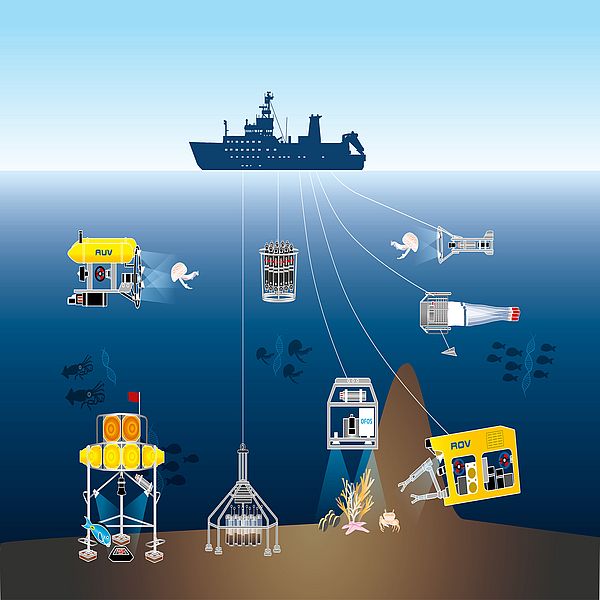

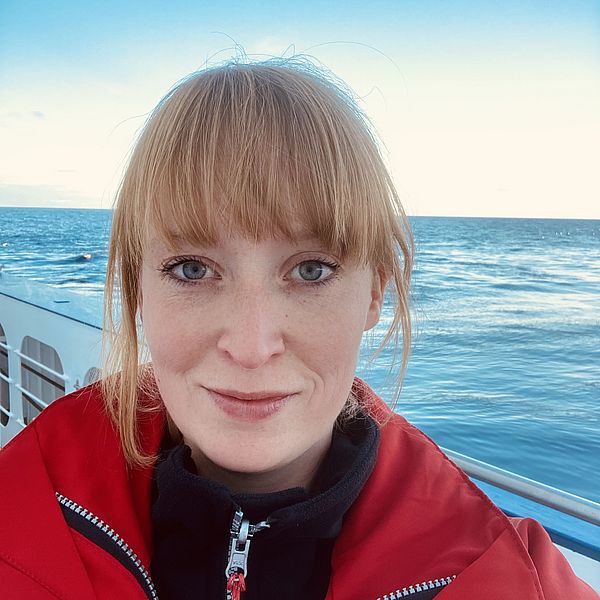
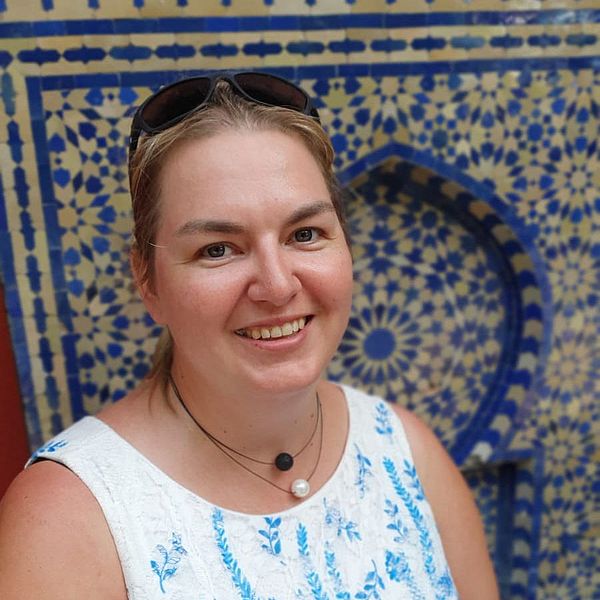
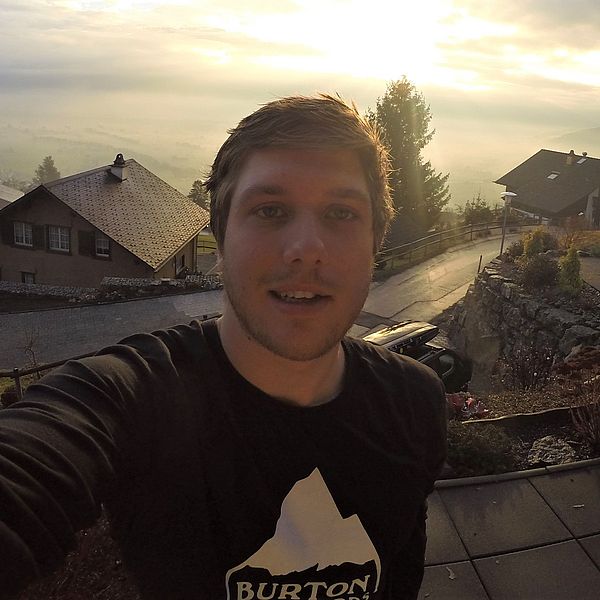
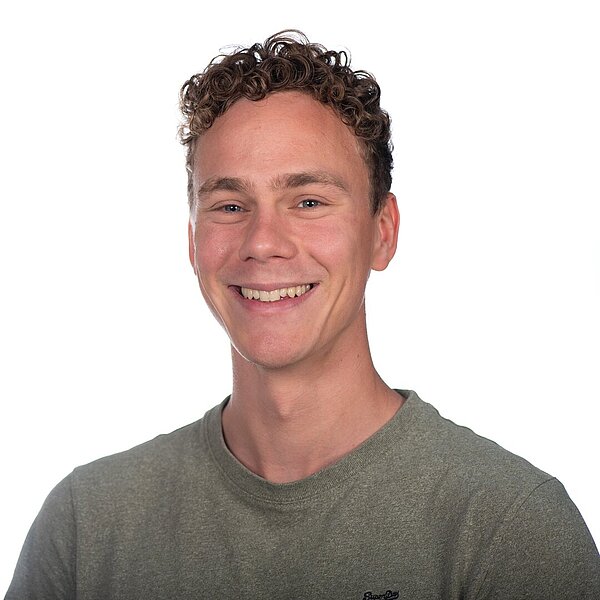
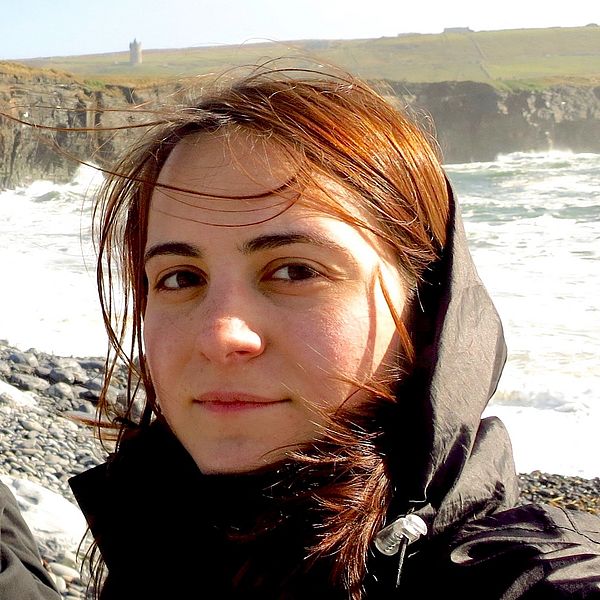
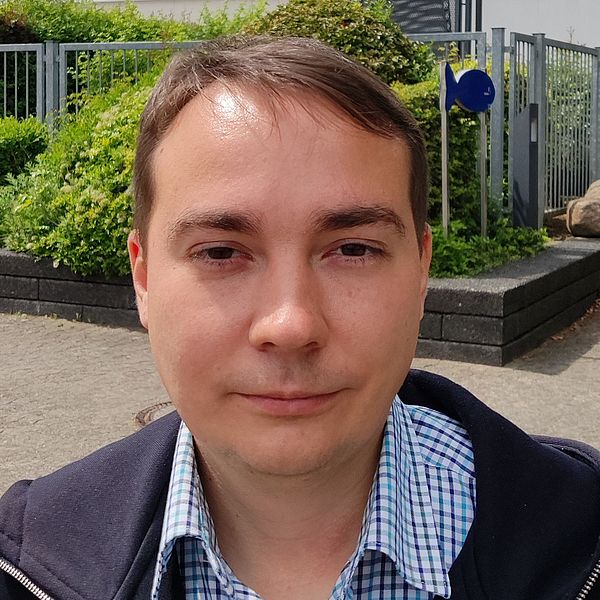
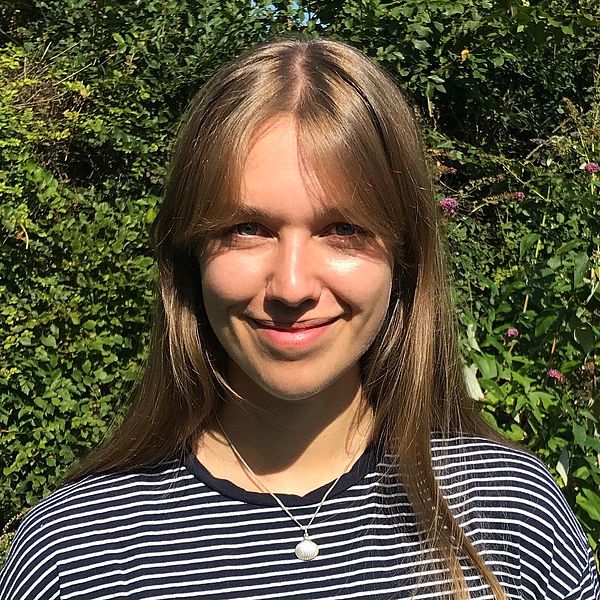
![[Translate to English:] -](/fileadmin/_processed_/b/f/csm_DSBG_Logo_78e49334ed.jpg)
